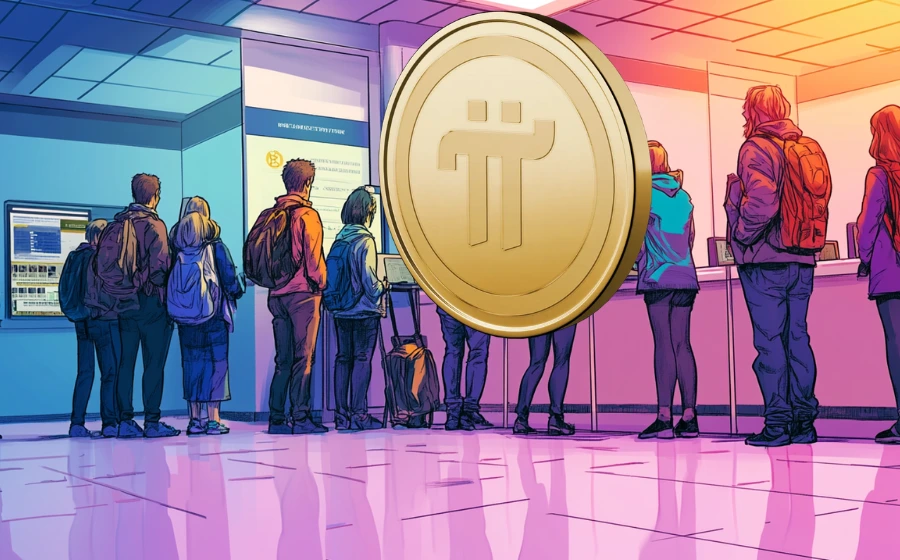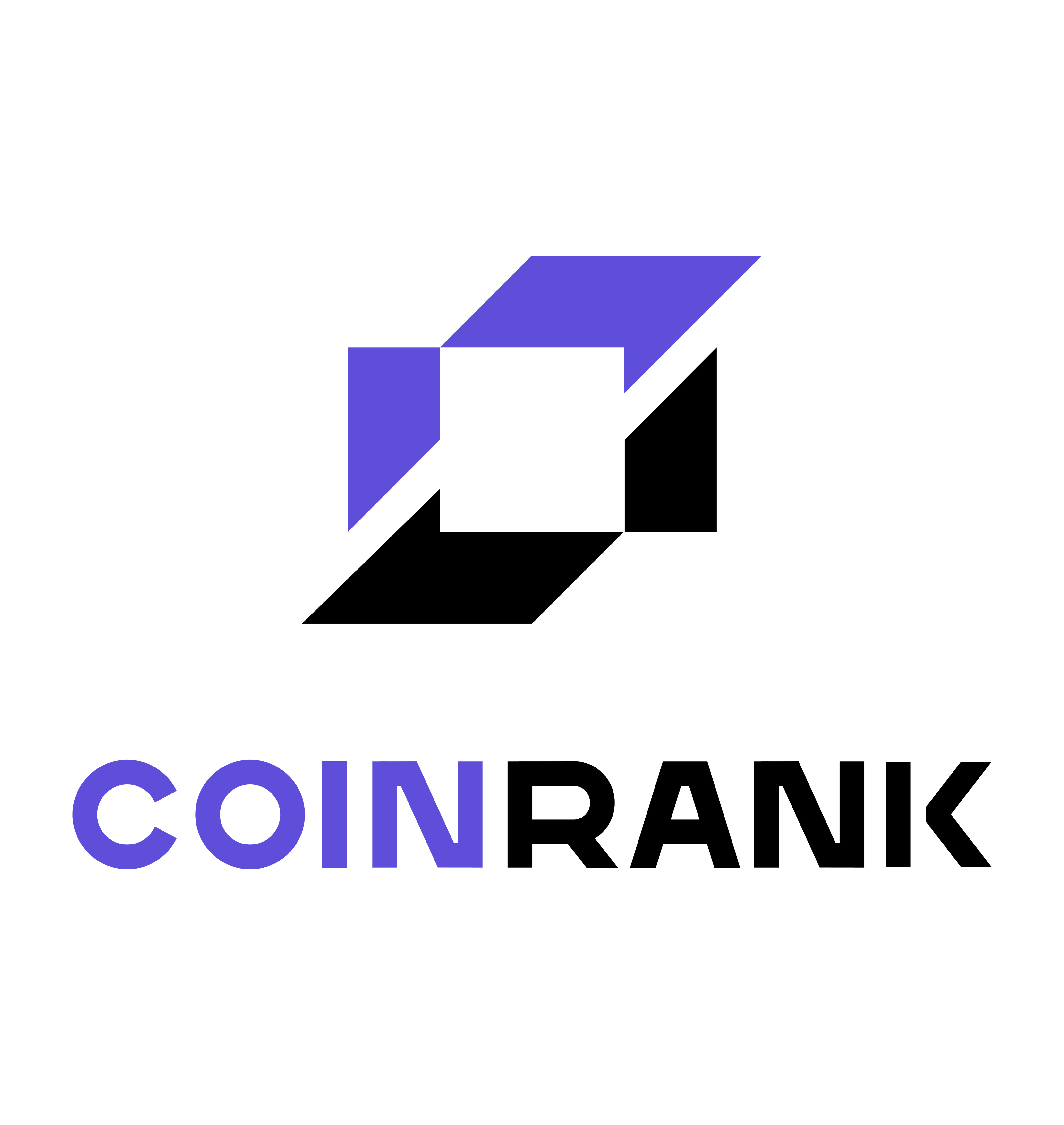
KEYTAKEAWAYS
- Focuses on what Project Crypto is and its leadership goal
- Emphasizes the regulatory shift and departure from previous approach
- Details the five priority areas and scope of the initiative

- KEY TAKEAWAYS
- PROJECT CRYPTO: A COMPREHENSIVE REGULATORY OVERHAUL
- FIVE KEY PRIORITIES FOR DIGITAL ASSET REGULATION
- PHILOSOPHICAL SHIFT FROM ENFORCEMENT TO ENABLEMENT
- IMMEDIATE POLICY CHANGES AND INDUSTRY IMPACT
- CHALLENGES AND CRITICISM OF THE NEW APPROACH
- GLOBAL COMPETITIVE IMPLICATIONS
- CONCLUSION: A NEW ERA FOR AMERICAN CRYPTO REGULATION
- DISCLAIMER
- WRITER’S INTRO
CONTENT
SEC Chairman Paul Atkins unveils Project Crypto on July 31, 2025, marking dramatic shift from enforcement to innovation-friendly crypto regulation. Initiative aims to make America global digital asset leader.

Paul Atkins announces sweeping regulatory overhaul to make America the “crypto capital of the world” in landmark July 31 speech
In a pivotal moment for American cryptocurrency regulation, Securities and Exchange Commission Chairman Paul Atkins delivered a groundbreaking speech on July 31, 2025, announcing the launch of “Project Crypto” – an ambitious initiative designed to fundamentally transform how the United States approaches digital asset regulation. Speaking at the America First Policy Institute in Washington D.C., Atkins outlined a comprehensive strategy to establish America as the global leader in cryptocurrency markets.
The announcement represents a dramatic departure from the previous administration’s enforcement-heavy approach under former Chairman Gary Gensler. Atkins characterized the previous approach as “regulation-by-enforcement” and “Operation Chokepoint 2.0,” which resulted in crypto businesses fleeing American shores. The new initiative aims to reverse this trend by creating clear, business-friendly regulations that will attract digital asset companies back to the United States.
PROJECT CRYPTO: A COMPREHENSIVE REGULATORY OVERHAUL
Project Crypto represents “a commission-wide initiative to modernize the securities rules and regulations to enable America’s financial markets to move on-chain”, as Atkins explained in his speech. This initiative goes far beyond simple policy adjustments – it constitutes a complete reimagining of how traditional securities regulations can accommodate blockchain technology and digital assets.
The timing of this announcement is particularly significant, coming just one day after the White House released its comprehensive 166-page digital asset report. This coordination between the executive branch and the SEC demonstrates the Trump administration’s commitment to making cryptocurrency regulation a top priority. Atkins emphasized that “Under my leadership, the Commission will encourage our nation’s builders rather than constrain them with red tape and one-size-fits-all rules”.
The initiative builds upon the work of the SEC’s Crypto Task Force, which was established in January 2025 under then-Acting Chairman Mark Uyeda and is led by Commissioner Hester Peirce, widely known as “Crypto Mom” for her supportive stance toward digital assets. The task force was created to develop “a comprehensive and clear regulatory framework for crypto assets” after years of relying primarily on enforcement actions.
FIVE KEY PRIORITIES FOR DIGITAL ASSET REGULATION
Chairman Atkins outlined five critical areas where the SEC will focus its regulatory modernization efforts, each designed to address longstanding industry pain points and encourage innovation within appropriate guardrails.
Asset Distribution Framework: The SEC will establish clear guidelines for crypto asset distributions within the United States, including comprehensive rules for initial coin offerings (ICOs), airdrops, and network rewards. Atkins said he has “asked staff to propose purpose-fit disclosures, exemptions, and safe harbors” for these activities. This represents a significant shift from the previous approach, which often left market participants uncertain about compliance requirements.
Custody Modernization: A key priority involves modernizing the SEC’s custody requirements for registered intermediaries, addressing recommendations from the President’s Working Group Report. The previous administration’s Staff Accounting Bulletin 121 (SAB 121) created significant barriers for traditional financial institutions seeking to offer crypto custody services. Atkins has directed staff to consider exemptive relief and rule changes to facilitate institutional crypto custody.
Self-Custody Rights: Atkins strongly endorsed Americans’ right to self-custody, stating “I believe deeply in the right to use a self-custodial digital wallet to maintain personal crypto assets and participate in on-chain activities like staking”. This philosophical stance represents a fundamental shift toward recognizing cryptocurrency ownership as a property right rather than a regulated activity.
Super-App Innovation: The SEC will explore allowing “super-apps” where securities intermediaries can “offer a broad range of products and services under one roof with a single license”. This approach would eliminate the need for complex corporate structures and multiple regulatory licenses that have historically made compliance burdensome for crypto companies.
Tokenization Support: The regulatory framework will accommodate firms seeking to tokenize both their own securities and those of third parties, bringing innovation back from offshore markets to the United States. This includes support for tokenizing traditional assets like stocks and money market funds.
PHILOSOPHICAL SHIFT FROM ENFORCEMENT TO ENABLEMENT
The contrast between the current and previous approaches to crypto regulation could not be more stark.
Atkins offered a rhetorical reversal from former Chairman Gary Gensler’s position, stating “Despite what the SEC has said in the past, most crypto assets are not securities”. This fundamental reframing of how crypto assets are classified will have profound implications for the entire industry.
Under Gensler’s leadership, the SEC pursued an aggressive enforcement strategy against major crypto companies including Coinbase, Gemini, and Binance. The agency argued that many digital assets qualified as securities and that crypto companies were operating outside established securities laws. This approach created significant uncertainty and drove many crypto businesses to relocate offshore.
The crypto industry responded by raising hundreds of millions of dollars to support pro-blockchain candidates in the 2024 election, including Donald Trump, who embraced the sector on the campaign trail. This political mobilization proved successful, leading to Trump’s victory and his subsequent appointment of crypto-friendly officials like Atkins.
IMMEDIATE POLICY CHANGES AND INDUSTRY IMPACT
The SEC has already begun implementing changes that signal its new direction.
In January 2025, the agency rescinded SAB 121, which had treated crypto holdings as balance sheet liabilities for banks and effectively blocked institutional adoption. Commissioner Peirce celebrated the rollback on social media, writing “Bye, bye SAB 121! It’s not been fun”.
The agency has also taken concrete steps to resolve outstanding enforcement actions. Most recently, on May 29, 2025, the SEC announced it had agreed to dismiss its lawsuit against Binance Holdings Limited and other entities, following Binance’s agreement to pay substantial fines as part of a criminal plea deal.
These actions have created immediate positive sentiment in crypto markets. Bitcoin has reached record highs, and Fortune 500 companies are increasingly exploring blockchain projects. The regulatory clarity provided by Project Crypto is expected to accelerate this institutional adoption trend.
CHALLENGES AND CRITICISM OF THE NEW APPROACH
Not everyone supports the SEC’s dramatic policy shift.
Critics worry that a more permissive regulatory approach could lead to increased fraud and market instability reminiscent of the FTX collapse in 2022. Dennis Kelleher, CEO of the consumer advocacy organization Better Markets, warned that “Wall Street’s megafirms and politically favored companies will be protected while investors will be left to protect themselves”.
These concerns reflect ongoing tensions between innovation and investor protection in rapidly evolving markets. The challenge for Chairman Atkins will be crafting regulations that provide sufficient flexibility for innovation while maintaining adequate safeguards against fraud and market manipulation.
Additionally, the SEC must coordinate its efforts with other regulatory bodies, including the Commodity Futures Trading Commission (CFTC), which may receive expanded authority over spot markets for non-security digital assets under proposed Congressional legislation.
GLOBAL COMPETITIVE IMPLICATIONS
Atkins drew parallels between today’s crypto revolution and previous market innovations, from the original Buttonwood Agreement that established the New York Stock Exchange to electronic trading systems in the 1990s. This historical perspective underscores his belief that embracing technological innovation is essential for maintaining American financial market leadership.
The international implications of Project Crypto extend far beyond domestic policy. As other major economies including the European Union, United Kingdom, and various Asian jurisdictions develop their own comprehensive crypto regulatory frameworks, the United States faces pressure to provide competitive regulatory clarity.
The initiative’s success could position America as the preferred jurisdiction for crypto innovation, potentially reversing the trend of companies relocating to more crypto-friendly markets. This regulatory competition among major financial centers will likely intensify as countries recognize the strategic importance of digital asset markets.
CONCLUSION: A NEW ERA FOR AMERICAN CRYPTO REGULATION
Chairman Atkins’ announcement of Project Crypto marks a watershed moment in American cryptocurrency regulation.
The initiative represents “more than a regulatory shift — it is a generational opportunity” to establish American leadership in digital finance.
The success of this ambitious undertaking will depend on the SEC’s ability to craft regulations that balance innovation with investor protection while coordinating effectively with other agencies and international partners. As the regulatory framework takes shape over the coming months, market participants will be watching closely to see whether Project Crypto can deliver on its promise to make America the crypto capital of the world.
For the cryptocurrency industry, this represents a remarkable transformation from the adversarial relationship that characterized the Gensler era to a collaborative approach focused on enabling innovation. The ultimate test will be whether this new regulatory paradigm can foster sustainable growth in digital asset markets while maintaining the investor protections that remain essential for market integrity.















